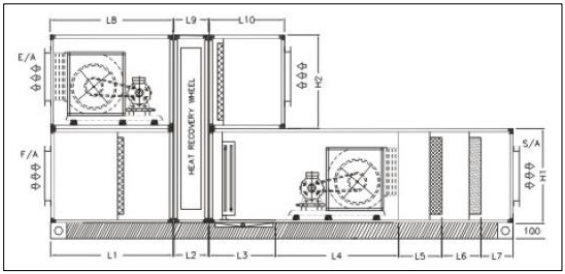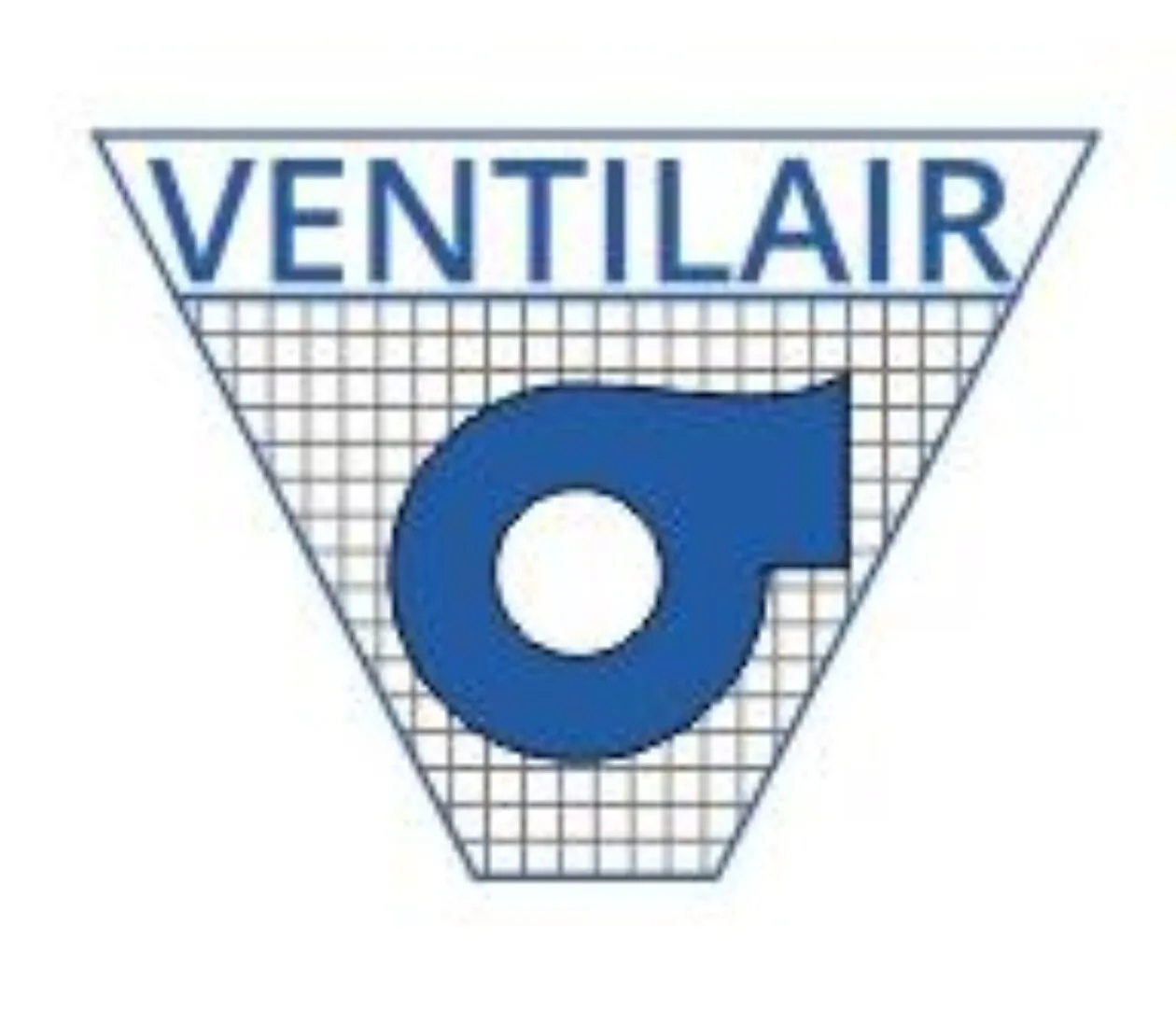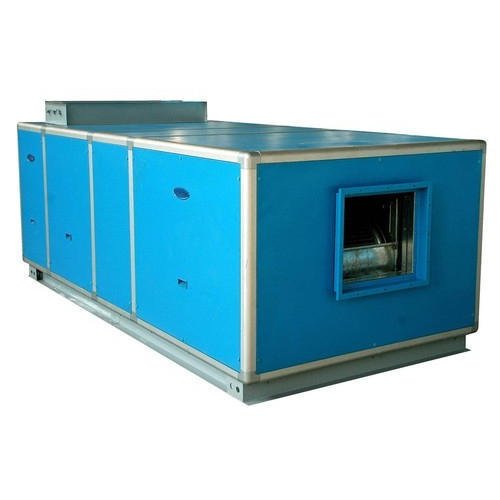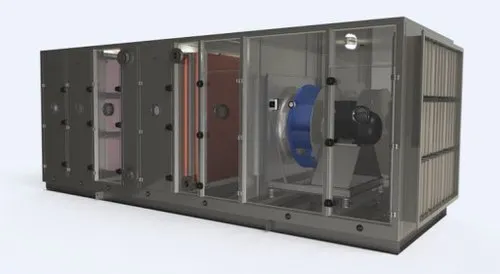Air Handling Unit Manufacturer
Ventilair India Pvt Ltd India’s No1 Manufacturer and Supplier of Air Handling Unit System In Affordable Prices. We are Provide Premium Quality Pharma AHU System last 25+ Years with 100% Success rate. In India There are many manufacturers of Air Handling Systems but we are best at defining you.
About Air Handling Unit:- An Air handling Unit(AHU) is a large box-shaped device that controls air circulation, temperature, and humidity of air within a building, providing fresh, conditioned air throughout different spaces by collecting outdoor air, filtering it, adjusting temperature and humidity levels, and distributing it through ductwork; commonly seen in large commercial buildings like offices, shopping malls, hospitals, and industrial facilities where proper ventilation and air quality control are crucial. Air Handling Units are mainly used for heating, ventilation, and air conditioning (HVAC) systems.
Air Handling Unit Working Principle:-
An air handling unit(AHU) Main works is to collect air from outside or inside a building, cleaning it, heating or cooling it, and then distributing it throughout the building.
An air handling unit (AHU) works by collecting
- Collect air: The AHU takes in air from outside or from inside the building.
- Filter air: The air passes through filters that remove dust, particles, and other impurities.
- Adjust temperature and humidity: The air is heated or cooled to the desired temperature, and humidifier or dehumidifier.
- Distribute air: The conditioned air is distributed throughout the building through ductwork.
- Return air: The used air is removed from the building and returned to the AHU.
Where are AHUs used?
AHUs are commonly used in large commercial and industrial buildings, such as offices, restaurants, and shopping malls.
How to Maintain AHUs
To ensure optimal performance, AHUs require regular maintenance, including filter replacement, coil cleaning, and fan inspection.
You can also watch this video to learn more about how air handling units work:
Double Skin Modular Air Handling Unit
- Introducing the Double Skin Modular Air Handling Unit, a game-changer in the world of HVAC systems. Designed to optimize indoor air quality while maximizing energy efficiency, this double skin unit with a heat recovery wheel is a must-have for any building.
- Crafted by a leading manufacturer in the industry, this modular air handling unit is built to last. Its double skin construction provides excellent insulation, preventing any unwanted leakage or loss of conditioned air. Plus, its advanced heat recovery wheel enables significant energy savings, reducing your carbon footprint without compromising on performance.



